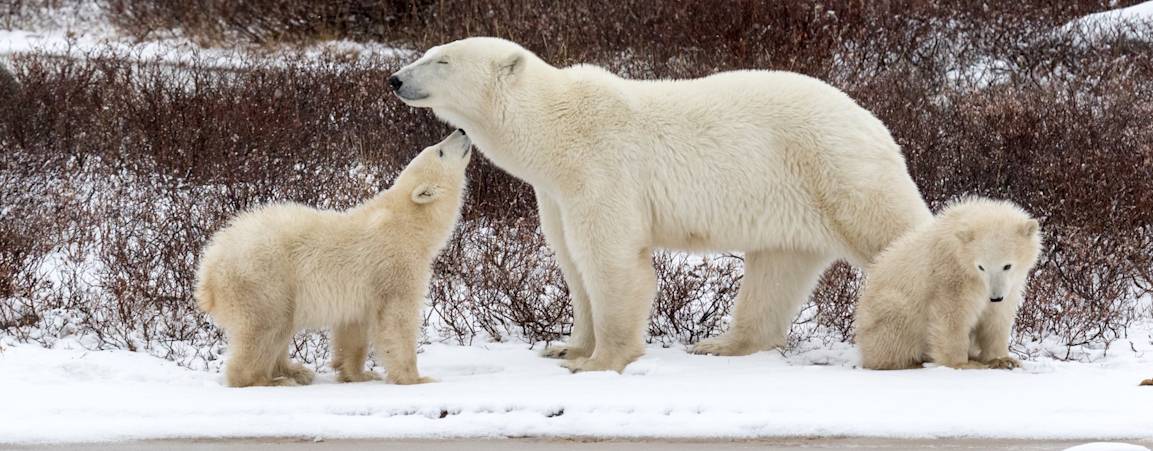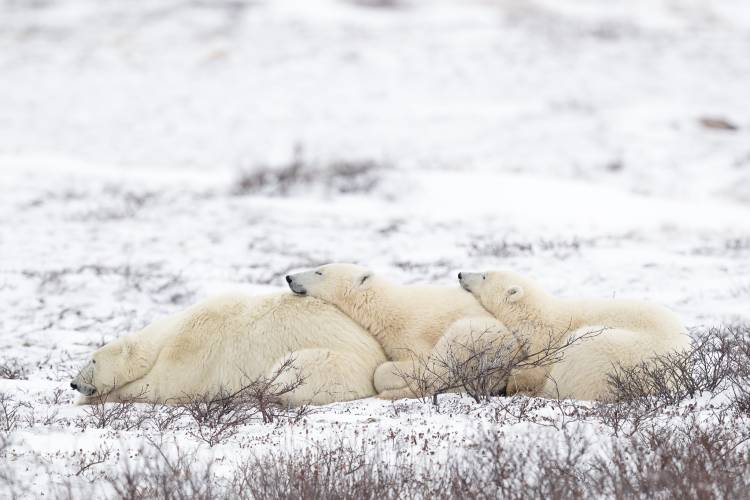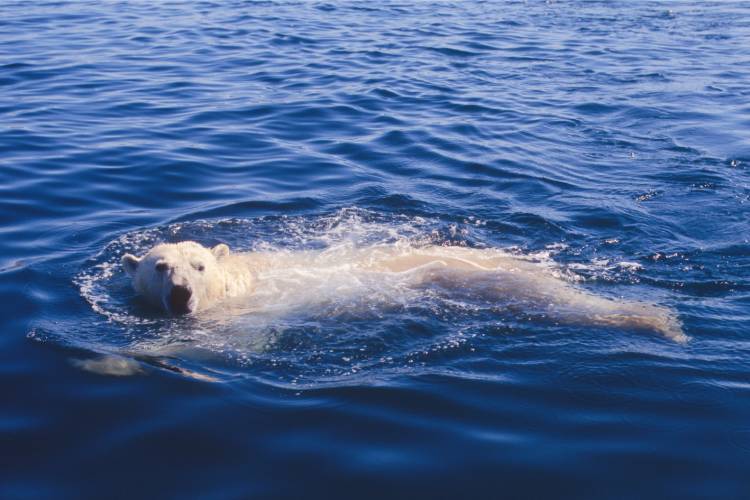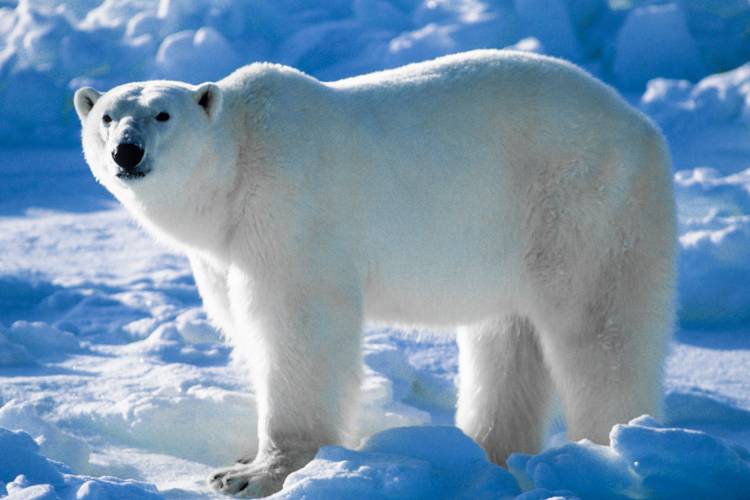Photo: Simon Gee / Polar Bears International

Integrated STEM - Polar Bear Math and Science
Integrating mathematics with polar bear science in K-12 education, we demonstrate how scientific questions can give rise to mathematical questions.

Photo: Tim Auer / Polar Bears International
The Role of the Unit
Discover the intersection between mathematics and polar bear science corresponding to each of the mathematical domains outlined in the Common Core State Standards for mathematics. This unit was created in collaboration with Dr. Jody Reimer and Linda Zhao, University of Utah, Department of Mathematics.

Photo: BJ Kirschhoffer / Polar Bears International
Lessons Overview
Through these lessons students will gain familiarity with standard operations and advance to unit conversion, ratios and proportional units; probability and random sampling; experimental design; estimating and interpreting trend lines; and extrapolation outside of observed values.
Unit Plans


Other Resources
Use the following learning activities and tools to supplement the math unit lesson plans and bring polar bears to life in your classroom.
Learning Tools
Polar Bear Diet and Prey: How they hunt and what they eat.
Four Sea Ice Ecoregions: Explore where the sea ice bears call home.
Polar Bear Tracker: Follow wild polar bears on Hudson Bay as they navigate the ice in search of seals.
Mark Re-Capture Science: Studying abundance.
Mark Re-Capture Studies in Canada: Population studies in Canada.
Arctic Sea Ice Extent: This chart and video demonstrate the long-term trends in sea ice loss in the Arctic.
Polar Bear Conservation Concerns: Climate change is the main threat to polar bears. Others include commercial activities, pollution, and conflict.
Flip: View our educational topics using the join code: polarbearsint
Become Inspired
Watch our archived Tundra Connections webcasts and take a tour of the polar bear’s world through our live cams. See polar bears, meet scientists, and ask questions!
Videos


Annual Sea Ice Minimums
Satellites have provided a reliable tool for continuously monitoring changes in the Arctic ice since 1979. Every summer, the Arctic ice cap melts to what scientists call its "minimum" before colder weather begins to cause ice cover to increase.
Polar Bear Adaptations
Polar bears are perfectly adapted to live in the Arctic. They have many traits that help them not only survive, but thrive, in some of the coldest places on the planet.


Polar Bears: By the Numbers
Did you know a polar bear is tall enough to dunk a basketball? Or that one polar bear walked all the way from Alaska to Greenland & BACK? Polar bear scientist John Whiteman talks about polar bears by the numbers--in a kid-friendly way!
Ursula
Join us on a journey to the Arctic, seen through the eyes of an amazing polar bear named Urusla.













